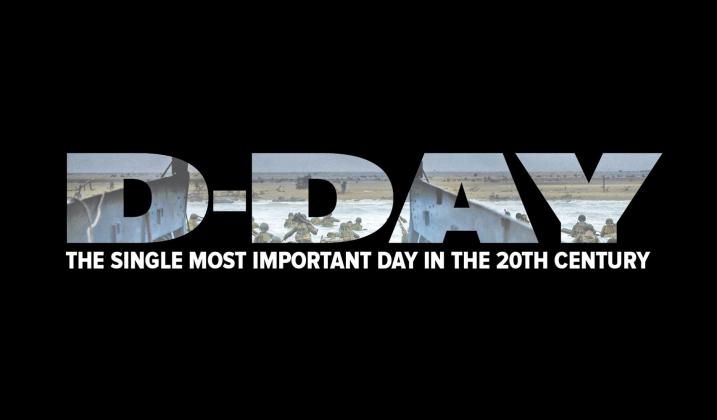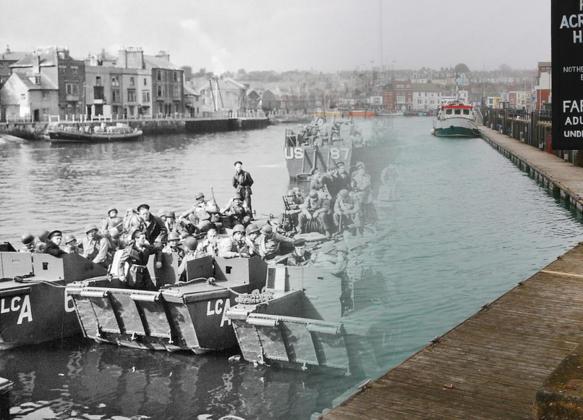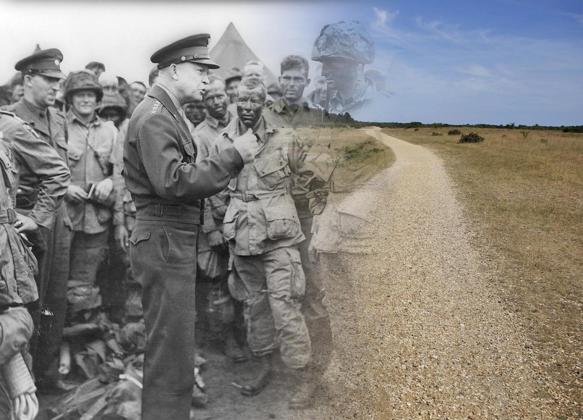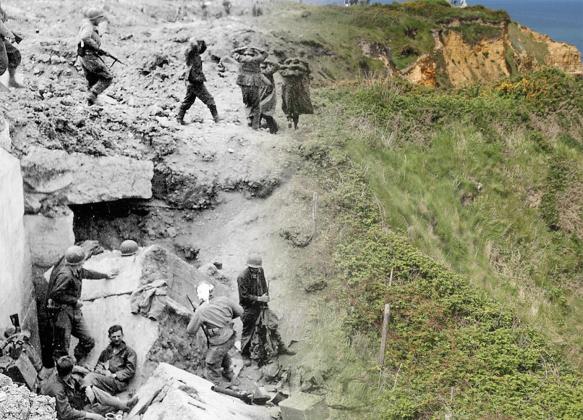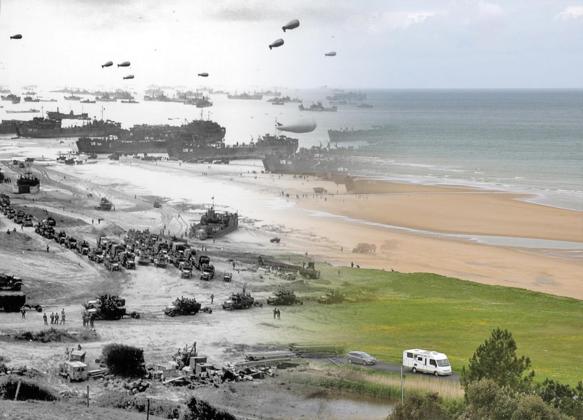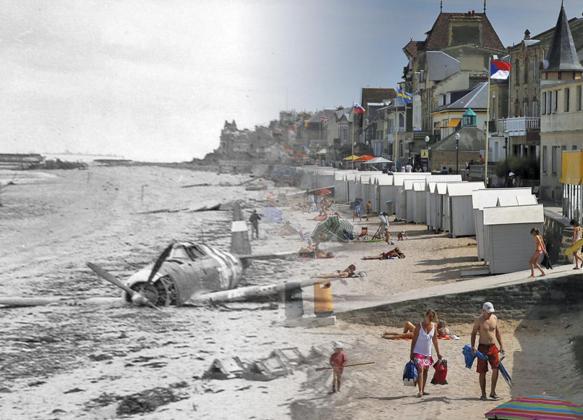D-DAY 76TH ANNIVERSARY
On June 6, 1944 at 6:35 a.m., an armada of 150,000 Allied soldiers, supported by naval artillery fire, landed on five beaches in Normandy, France.
Their mission – to breach Hitler’s “Atlantic Wall” and free Europe from the tyranny of Nazi domination.
The attack, planned for more than a year, was the largest seaborne invasion in history, and included a collection of American, British, Canadian and Australian troops, with soldiers coming from a total of 12 countries.
Launched as the “Operation Overlord” campaign, the battle that initiated the invasion of Normandy is forever etched in history by one word: D-Day.
It would be the day on which the rest of World War II turned. Some historians consider it the single most important day in the 20th century.
The attack began around midnight, with more than 2,200 American, British, and Canadian bombers attacking targets along the coast and further inland. An airborne drop of 24,000 American, British and Canadian paratroopers to slow the German counterattack and support the amphibious landings began at 12:20 a.m.
At 5:54 a.m., U.S. battleships Arkansas, Nevada, and Texas, plus eight cruisers and 28 destroyers, and the British battleships Ramillies and Warspite, twelve cruisers and thirty-seven destroyers opened fire on the German shore emplacements. Then, the assault troops in 5,000 landing craft hit the five Normandy beachheads, code-named Utah, Gold, Juno, Sword, and Omaha.
The day was plagued by bad weather. Through it all, the attack had remained a secret, one that took the Germans by surprise. The Nazi troops along the beach, now standing ready to defend their positions in concrete fortifications and machine-gun nests, waited until the last moment to open fire so as not to immediately reveal their locations.
As soon as the landing craft hit the beaches and the soldiers set foot on French soil, a rain of shells and machine gun fire fell on them. Hundreds of men died instantly – some drowned in the surf from the weight of their supply packs. Even if they survived the Nazi gunfire, the troops still had to make their way through land mines and heavily fortified obstacles like wooden stakes, barbed wire and metal tripods.
The Allies would not be deterred. Between 4,000 and 9,000 Nazi troops were killed that morning. By the end of the day, the Germans were in retreat and the Allies had established control of the beachhead.
The cost of victory was overwhelming. There were an estimated 10,000 Allied casualties, with 4,414 confirmed dead. But out of the carnage emerged a new way forward, as the western front was finally opened against Hitler, marking the beginning of his downfall.
The invasion of Normandy resulted in a decisive Allied victory over Axis powers in France, and set the stage for an Allied victory over all of Europe one year later.

